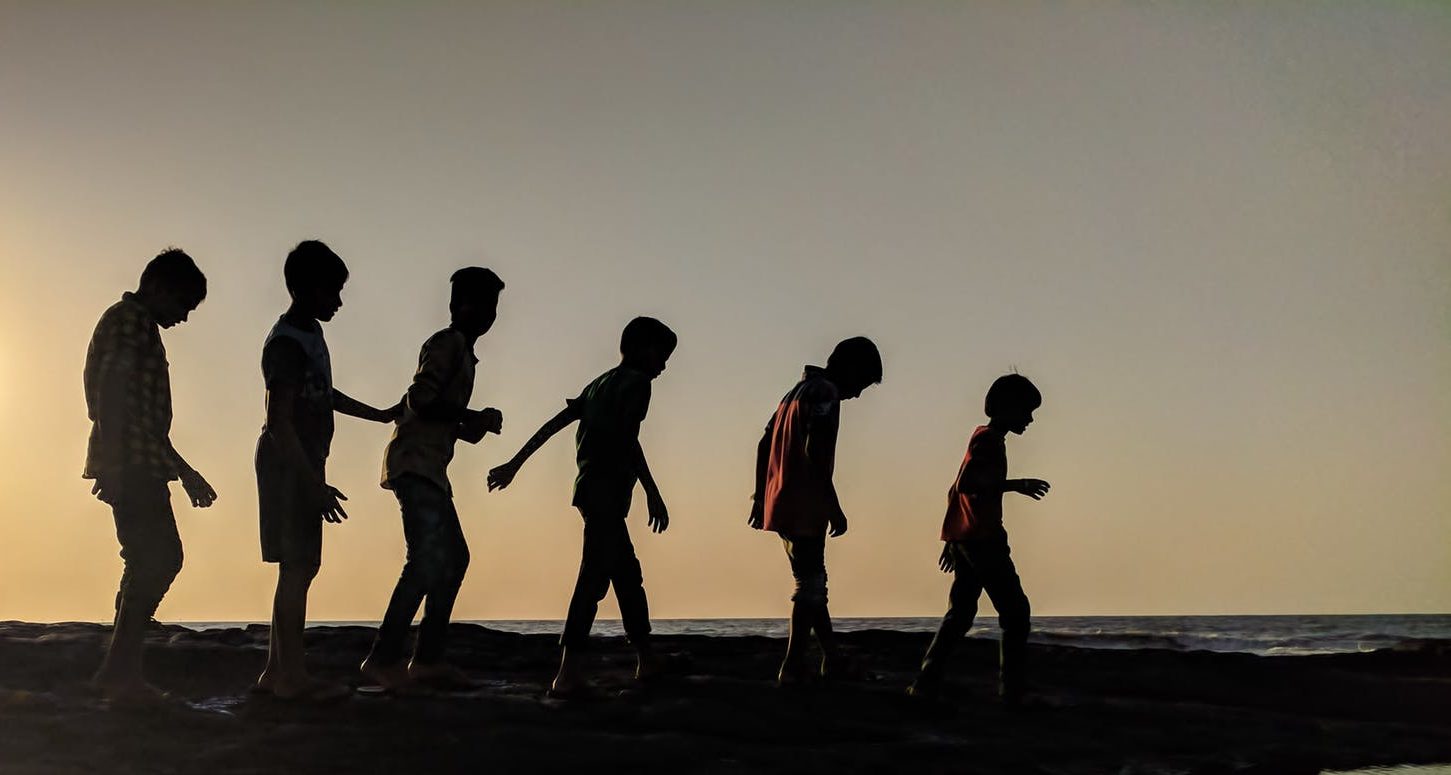
When it comes to homeschooling, there are no two families with the same approach. Some families run like well-oiled machines, others thrive on a very fluid schedule and some, like our family, settles comfortably, somewhere in the middle.
Our week begins Sunday evening. I sit down with my two oldest children, ages 5 and 6, and talk with them about the upcoming week. We make a list of what each of them would like to accomplish and look at the calendar to see what outings we have planned. We look at the past week and decide what projects we want to carry into the next one. Depending on what we are working on I will plan outings that support their interests.
Although no one week is exactly the same, here is a week in our life!
Monday
This is co-op day. Our co-op consists of a large group of homeschoolers who meet once a week for togetherness and learning. The kids were given a choice of classes and picked their favorite two. My 6 year old is singing and learning about animals and my 5 year old is taking art and learning all about machines. The baby stays with me and interacts with the other babies. We all benefit from this co-op and really enjoy going every week.
Tuesday
Tuesday is almost always left open for projects or a deep dive into subjects of interest. We started off the day reading a pile of books. Insects are a huge point of interest and among their favorite books are The Big Book of Bugs and Bonkers About Beetles. After reading we spent a while watching documentaries on beetles, ants and butterflies. More books were put on hold at the local library to continue our studies and off we went to the library to play and to pick up our books.
Wednesday
This was a busy morning of building train tracks and cities of magnatiles. During all of this play, the kids began adding up numbers. I was unsure of what they were counting but I got a pencil and paper and wrote down all of the numbers and we added them up together and talked about basic multiplication. They continued to add and multiply, figuring out how many wheels were on all of the trains on their track. The second half of the day was spent reading Night of the Ninjas out loud. Following this, my 6 year old wrote a letter back to her pen pal.
Thursday
On Thursday, a bin full of toilet paper rolls was discovered by the kids. The oldest wanted to create a zip line using the rolls and some rope. I helped the kids each secure lines in the living room, running through the rolls. I brought up the idea of having a competition to see if one roll could beat the other down the rope. We discussed gravity, force and whether more weight could make an object faster or slower. Each child constructed their rolls and tried over and over again to beat their own time. Later in the day we went to an animal class at the library and visited with another homeschooling family.
Friday
The kids saw how much paper and cardboard was in the recycling bin and wanted to find a way to use it. I took this opportunity to talk to them about the importance of reducing waste and reusing things instead of throwing them away. We decided to make paper from the recycles, went online to figure out how paper was made and set out to do it at home. This is an ongoing project as we keep adding more paper to the pile. The latter part of the day was spent visiting family
Much of our week is child-led and very fluid. There are some things, however, that are less flexible. Mealtimes, bedtimes and personal hygiene are set in our schedule. Screen time is limited. Having boundaries around these things helps life run more smoothly and gives our children stability.
Not everything that is learned can be organized by day. Education in our home looks like life being lived. Our shelves are filled with things like microscopes, puzzles, coloring books, paint, crayons, maps, books on everything from the ground they walk on to the sky they see at night. A telescope is in one corner and musical instruments are in another. Instead of unschooling, we call our form of school “life learning” or “child-led” because we feel it encompasses our system of learning so much more accurately.
The kids come everywhere with me and, because of this, the world becomes their “classroom”. Their education is spontaneous and organic. We meal plan together, looking up recipes that will be used during the week. We plan how to best use the grocery budget. We go to the grocery store and discuss value and quantity, ingredients and healthy food choices. We cook, clean and fold laundry together. We read together, everything from books to street signs, sounding it out as we go. We sing songs in the car about days of the week, the seasons and the world around us. There is a lot of talking, a lot of questions and a lot of reading. These life skills and knowledge will serve them as they grow and into adulthood.
We unschool because we truly believe that it is the best way for our children to learn. It creates an environment that draws from so many sources and provides an expansive amount of information and unique learning opportunities. This style of learning will benefit our children now and in the future. They lead the way with their natural, intrinsic love of learning and curiosity. It is our job to provide them with anything and everything they need along the way.
